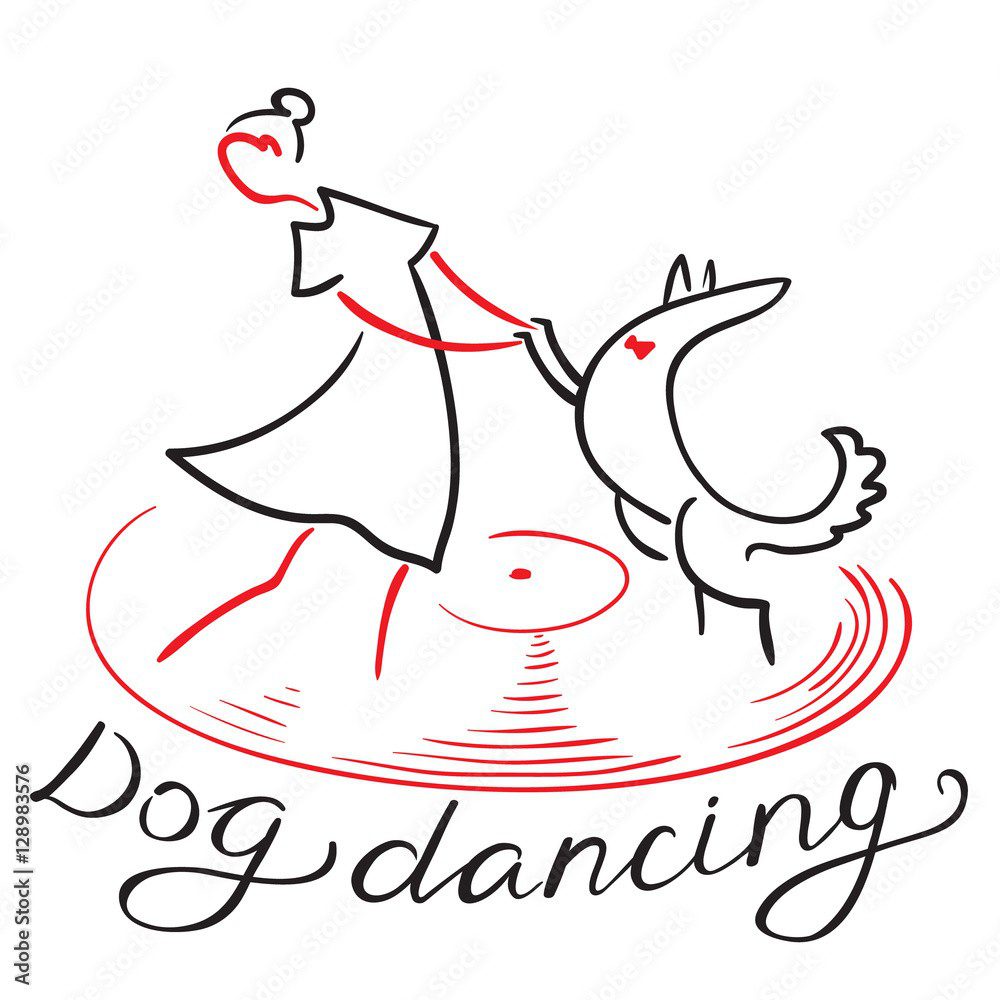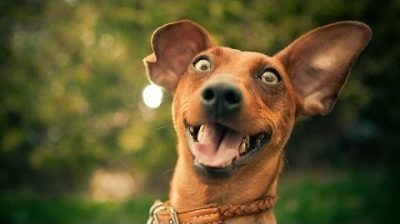
Kinološki prosti slog ali Ples s psom
Canine freestyle, or dancing with a dog – a relatively new and not very popular phenomenon in Belarus so far. With the help of our consultant Olga Krasovskaya, we tried to find out what it is and how to teach a dog to dance.
vsebina
Kaj je pasji prosti slog?
Many people confuse canine freestyle and agility. However, these are completely different sports that do not even overlap, although one dog can show results both there and there. Agility is overcoming obstacles, while freestyle is dancing with dogs. This sport is based on trick training. And when a dog is trained in many tricks, the owner often wants to demonstrate his skills. You can show individual tricks, or you can connect everything into a dance to music and create an interesting spectacle. By the way, tricks can be useful in everyday life. They develop the dog’s intellect, teach it to think, improve coordination, self-awareness in space, improve fine motor skills. Therefore, freestyle training is useful for the overall development of any dog. In addition, every living creature works to eat, and, unfortunately, we often force our pets to lie on the couch all their lives doing nothing. Personally, this seems to me unfair to the dog, which we are obliged to provide a full existence. And a full-fledged existence for a dog is also work. Freestyle appeared in England in the late 80s of the 20th century, and since then it has been successfully developing all over the world. In Belarus, cynological freestyle is not very common yet, about 15-20 people are engaged in it , all of them are in Minsk. We have prepared the rules, which the Belarusian Cynological Association adopted in April 2017, so that freestyle is recognized as an official sport in Belarus. However, the question of refereeing is still acute, since there should be 3-7 judges at the competition, and we still cannot “pull out” at least 3 athletes from the performance.
What training methods are used in cynological freestyle?
It is better that at the beginning of training the dog was a “clean slate”, because if before that it was taught with the wrong methods, then it is very difficult to correct everything later. Unfortunately, many trainers in Belarus still use mechanical influence in the process of obedience training. In this case, the dog does not have the ability to think, it only reacts to the stimulus. Modern methods of training are based mainly on positive reinforcement. It is this approach that is the only one possible in freestyle training. I never scold a dog, I don’t even raise my voice. You can always agree in a good way, while everyone will be happy. My first rule is: “First we smile, then we start training with the dog.” You should enjoy the process of training, then both you and your pet will do well. Very often I use the shaping method, in which the dog himself offers various solutions to the problem, and if he moves in the right direction, I encourage him. That is, it is, in fact, a game of “cold – hot” with a dog. I used to train with a Hungarian vizsla, who did a unique trick. The trick, it would seem, is simple: the dog lies flat, then falls on its side and presses one paw, then rolls over to the other side and presses the other paw. This trick looks very original, and I have not seen anyone else, besides my student, perform this. None of the trainers I know knows how to teach this to a dog. And she offered herself, we just reinforced. There is a pointing method where the dog is shown the correct action and rewarded with a treat or a toy. This method gives greater accuracy without allowing the four-legged student to make mistakes. But at the same time, the dog does not learn to think for itself.
Which dogs can freestyle?
Any dog can do freestyle. There are absolutely no restrictions (neither by age, nor by breed, nor by physical parameters). We have fox terriers, and rottweilers, and giant schnauzers, and Yorkshire terriers, and huskies, and representatives of other breeds. At the World Championships, both Chihuahua and Newfoundland occupied the podium. You can start classes from 1 month or even earlier. I have not yet seen dogs that would not be interested in freestyle.
How are freestyle classes going?
I don’t teach a dog. I teach the owner how to teach a dog. Classes are mostly individual, although there are also groups. But still, freestyle is a creative process that cannot be collective. Usually, at the beginning of training, classes are held a couple of times a week, then you can do it once a week or two weeks. As a rule, freestyle is practiced for a long time, sometimes for years. But this does not mean that it is necessary to train with an instructor all the time. Some exercise on their own most of the time, and with an instructor once a month. There are different options, it all depends on the characteristics of the dog and the desires and capabilities of the owner. The most common elements in cynological freestyle are: snake forward, snake back, walk around the owner in front and behind, move back as such, “bunny”, stand up on hind legs, somersaults etc. However, if you come up with something of your own, it will only be a plus. As a rule, after 1-1 months of training, you can already enter the ring and show a simple performance. Unless, of course, the owner is psychologically ready for this. Very often people are happy to train, but they are afraid to go to competitions.
How are freestyle cynological competitions run?
In the initial freestyle classes, the duration of the performance is from 1:30 to 2:15 minutes, then it increases to 4 minutes for the masters. There are official classes (“Debut”, “Progress”, “Master”) and unofficial (“Beginners”, “Open ”,“ Children ”,“ Veterans ”). They take into account the age of the dog and the level of training. Competition rules may vary slightly depending on the class. We plan to use an additional “Tricks” class, where a beginner without musical accompaniment can demonstrate the skills of his pet. There are no age restrictions for classes, however, official classes are provided for dogs over 12 months old. Dogs under 12 months of age are also subject to trick restrictions. Music for freestyle can be, in principle, any, but should not contain themes of violence, racism, etc. Any clothing on the dog is prohibited. Although a bow on the neck or other decoration that does not interfere with it is acceptable. There are two types of freestyle: classical dance with a dog and moving next to the music. Moving next to the music includes a number of basic positions: “next to the left”, “next to the right”, “in front – to the right ”, etc. In Belarus, no one is engaged in this direction. In my opinion, there is less room for creativity. Therefore, I am more interested in classical dance with a dog. There are no restrictions in classical dance with a dog. You can use any tricks. The only thing is that they must be safe for the dog. The issue of judging in cynological freestyle is very difficult due to the lack of clear, objective criteria (what I think is beautiful, you may not like it), therefore, 3 to 7 judges are needed. In serious competitions, the highest and lowest scores are discarded. The number of completed elements, their complexity, the overall impression, the aesthetics of the dance, how the elements fit into the music are evaluated. But there can be no completely objective assessment. In the open and in the beginner class, you can give treats to the dog during the performance. In official classes, no encouragement is used in the ring, even indirect (for example, a clicker). Toys can be used as props, but you can’t reward your dog with them. However, verbal praise is not forbidden. The dog can be fined for barking in the ring, the handler is fined for any mechanical impact or intimidation of the four-legged friend (up to disqualification). There should be no unkind attitude towards the dog, including punishments. Accordingly, the use of any coercive means, such as snatch chains, electric collars, strict collars, etc., is prohibited. Everything is built only on the positive. Official competitions in Belarus have not yet been held, since the rules were adopted quite recently. However, unofficial competitions were held three times. They gathered about 12 – 13 participants. But we expect that in the future the popularity of freestyle in Belarus will grow.





